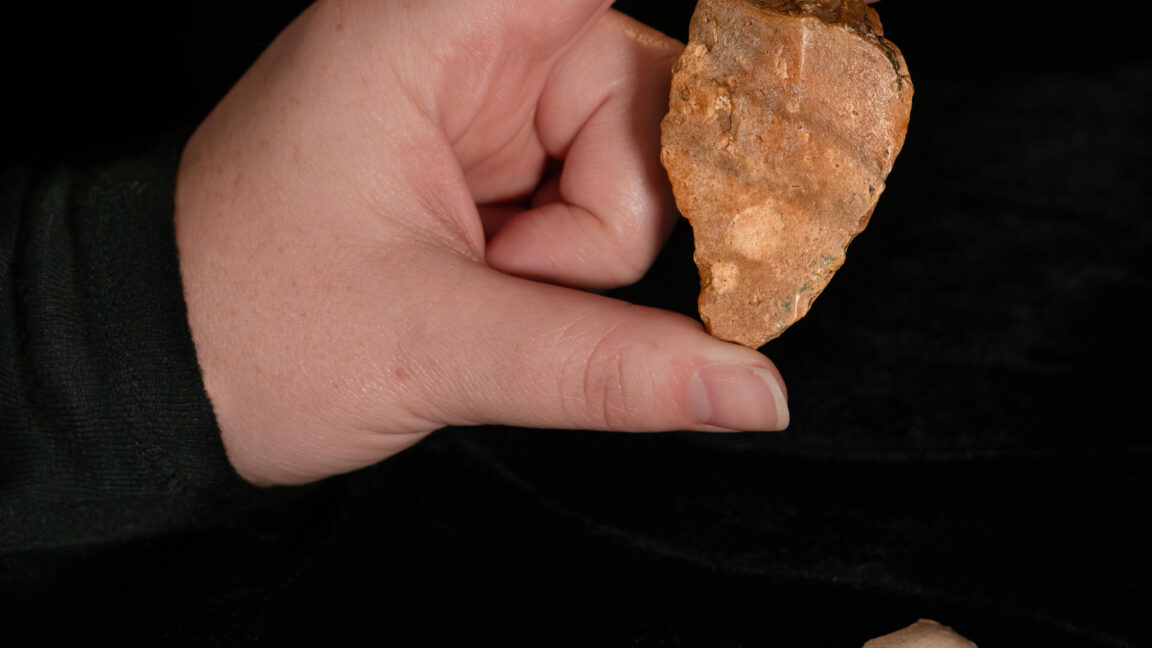
"The stone tools found on Sulawesi indicate the presence of hominins at least 1.04 million years ago, suggesting early human navigation across oceans."
"The tools, consisting of seven sharp flakes, showcase skilled craftsmanship and hint at the capabilities of early hominins in creating essential implements."
"Dating techniques reveal that these stone implements could be as old as 1.48 million years, pushing back the timeline for hominin presence in Southeast Asia."
"The findings contribute to understanding how hominins conquered remote islands, providing critical insights into early human migration patterns."
Recent discoveries of stone tools on the Indonesian island of Sulawesi indicate that hominins arrived there as early as 1.04 million years ago. Archaeologists uncovered seven stone flakes shaped by human-like hands, suggesting skilled tool-making capabilities. The tools are estimated to date between 1.04 and 1.48 million years old, based on surrounding fossil evidence. These findings provide significant insights into the migration patterns of early hominins and enhance our understanding of their habitation of remote islands in Southeast Asia.
Read at Ars Technica
Unable to calculate read time
Collection
[
|
...
]